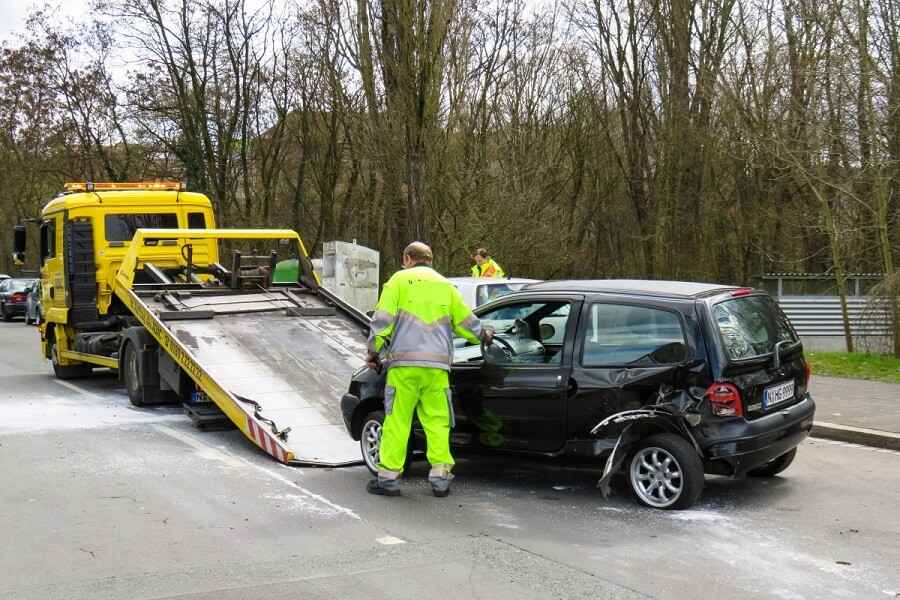- Assess the Situation
When your car breaks down, safety is the priority. Take a moment to assess the surroundings and ensure there are no immediate threats inside the vehicle or around you. If you notice smoke, fire, or any other signs of danger, evacuate the vehicle immediately and move to a safe location away from the road.
7 Common Issues That Occur With a Car
- Pull Over Safely
If possible, safely pull your vehicle over to the side of the road or onto the shoulder. Activate your hazard lights to alert other drivers of your situation and ensure visibility, especially during low-light conditions or bad weather. If you cannot move your car, communicate your problem to passing traffic using hazard lights, raising the hood, or placing warning triangles or flares behind your vehicle.
- Activate Hazard Lights
Turning on your hazard lights is crucial to alert other motorists of your presence and the potential hazard ahead. This helps prevent further accidents and signals to others that you require assistance. Keep the hazard lights on until help arrives or until you can safely continue your journey.
- Ensure Personal Safety
Before exiting your vehicle, carefully check for additional hazards, such as oncoming traffic or uneven terrain. If it's safe, exit the car from the side away from traffic and move to a secure location such as the roadside barrier or a grassy area. Stand a safe distance away from the traffic flow to avoid any potential collisions or injuries.
- Stay Inside if Unsafe to Leave
In some situations, it may be safer to remain inside your vehicle, especially if you're on a busy highway or in a high-traffic area. If you cannot exit safely or if staying inside provides better protection, keep your seatbelt fastened and wait for assistance. However, always assess the risk and prioritise your safety above all else.
- Call Roadside Assistance
Once you're in a safe location, contact roadside assistance for help. Most insurance providers offer roadside assistance as part of their coverage, providing car towing, battery jump-starts, and tyre changes. Be prepared to give details about your location, the nature of the problem, and any relevant information about your vehicle to expedite the assistance process.
- Signal for Assistance
Besides activating your hazard lights, use other signalling methods to attract attention. If it's safe to do so, raise your vehicle's hood to indicate that you're experiencing mechanical difficulties. You can also use hand signals or wave a white cloth to signal passing motorists or emergency services for assistance, especially in a remote or less visible location.
- Stay Visible at Night
If your car breaks down at night or in low visibility conditions, maximising your visibility to other drivers is essential. In addition to using hazard lights, turn on interior dome lights to make your vehicle more visible from a distance. You can also use reflective triangles, cones, or flares to create a safety perimeter around your car and alert drivers to proceed cautiously.
- Remain with Your Vehicle
Avoid leaving your vehicle unattended unless necessary for your safety, especially in unfamiliar or isolated areas. Your vehicle provides shelter and protection from the elements, and staying with it can help prevent potential risks such as theft or further damage. If you must leave your vehicle, lock it securely and take essential belongings, such as your phone and valuables, to ensure they remain safe.
While a car breakdown can be stressful, knowing how to handle the situation calmly and safely can significantly improve the outcome. By following these essential steps and staying prepared for emergencies, you can confidently navigate breakdowns and ensure your safety on the road. Remember, preparation and vigilance are key to staying safe on the road.







